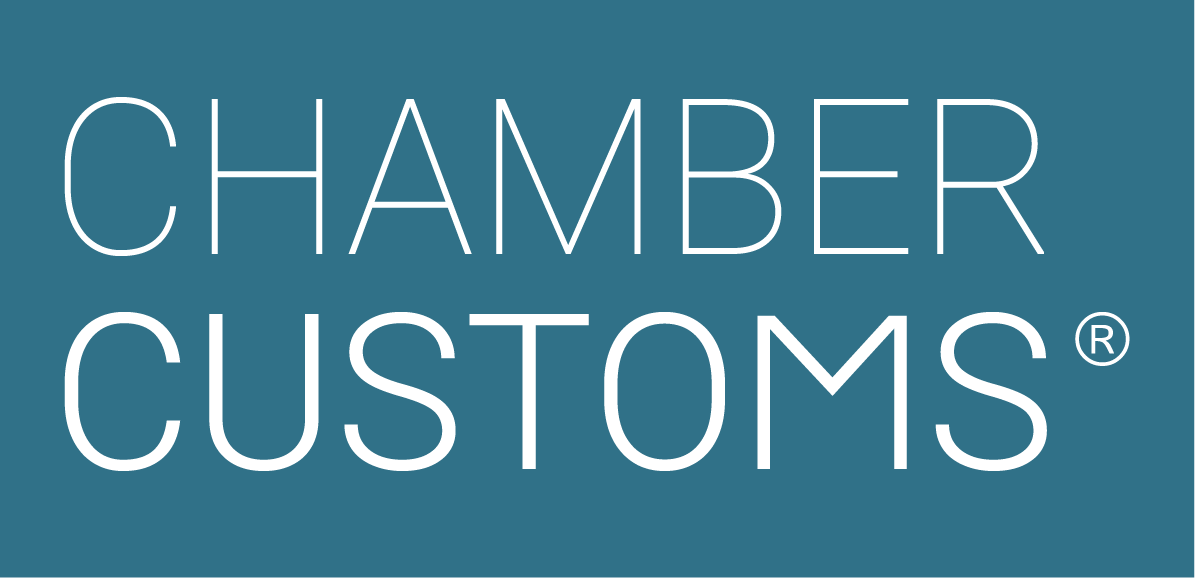When embarking on the journey of selecting a customs agent, one of the initial considerations should be the type of representation to operate under. An understanding of customs representation is important as it directly influences every trader’s customs compliance.
In this blog post, we will explain the differences between direct and indirect customs representation, exploring how these choices can impact liability, particularly when facing an HMRC audit.
Customs Representation: Direct vs. Indirect
The role of customs agents and freight forwarders is paramount when it comes to trading internationally.
One of the first things you’ll want to understand is the distinction between direct and indirect representation.
What is Direct Representation?
Direct representation involves a formal legal relationship between the customs agent or freight forwarder and the trader. The agent is authorised to act on behalf of the trader in customs matters.
Key Points:
A formal legal connection exists between the agent/forwarder and the trader.
The agent/forwarder is authorised to act on behalf of the trader in customs affairs.
The trader is solely liable for all Customs Duty and import VAT.
Typically chosen when a trader desires a more direct and controlled relationship with their representative.
What is Indirect Representation?
Indirect representatives operate under their own name while acting on behalf of another individual or entity.
Key Points:
The trader and agent/forwarder are jointly liable for Customs Duty and import VAT.
Common in situations where the trader lacks a physical presence in the importing/exporting country.
Why Does it Matter?
Control and Oversight: Direct representation provides traders with more direct control and oversight of their customs processes. It ensures a closer alignment with the trader's specific needs and preferences.
Legal Responsibilities: Understanding the distinction is crucial for traders as legal responsibilities may vary.
Tailoring to Your Trade Scenario: Choosing between direct and indirect representation depends on various factors, including the trader's physical presence, the volume of trade, and the desired level of control.
How can I determine which Representation type has been used?
You can find this information in the customs entry.
Data Element 3/18 shows the declarant's EORI number.
Data Element 3/21 shows the representation type, indicated below:
2 - Direct Representation type has been declared.
3 - Indirect Representation type has been declared.
Points to note:
Understand your representation agreement with the customs agent or freight forwarder.
Be aware of how this choice impacts liability and compliance.
Make sure to provide your customs agent with comprehensive clearance instructions.
Verify that the customs entry has been completed as per your instruction.
How Can We Help?
ChamberCustoms offers direct representation, keeping you in complete control of your customs process.
To start your importing/exporting journey with ChamberCustoms, please ensure you have the following:
UK EORI number
UK company presence
Would you like to learn more?
Attend our 1-day CDS Customs Overview training course to learn the roles and responsibilities of each party involved in a customs declaration, the information that needs to be supplied and submitted by each party, and the differences between CHIEF and CDS.

